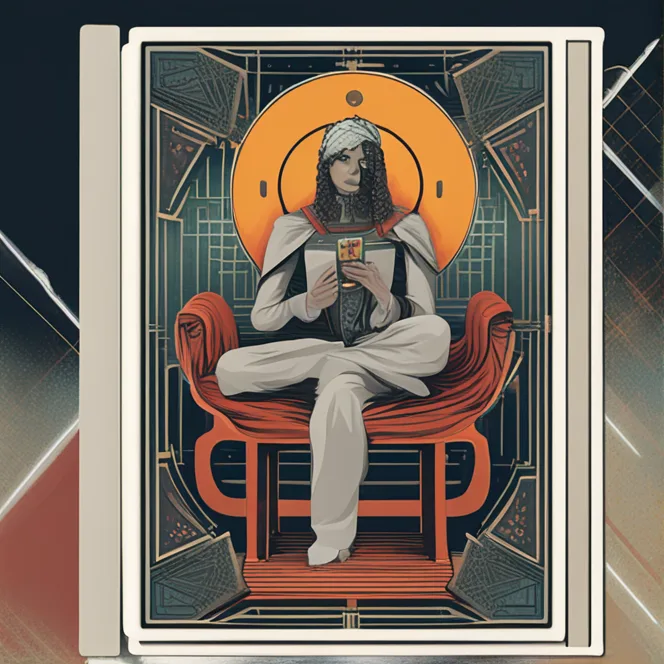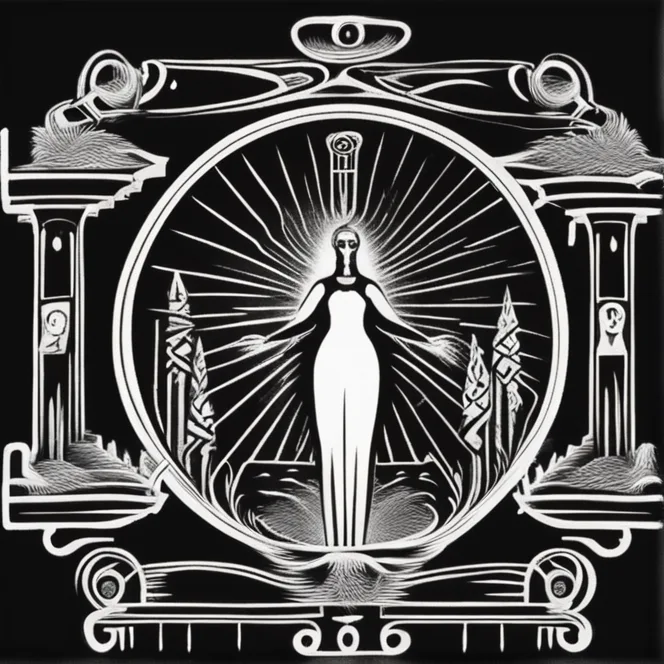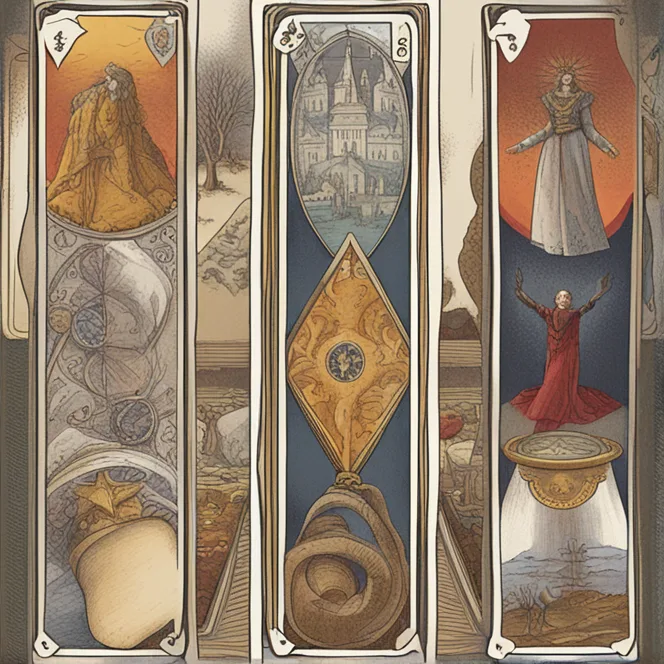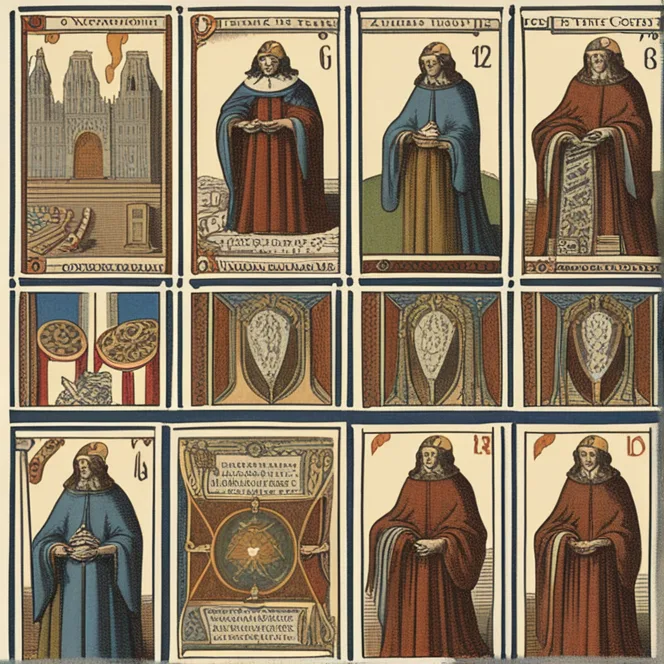
The Historical Enigma
Through the veils of time, the genesis of Tarot cards remains shrouded in mystery. These powerful symbols of mysticism have long been associated with divination and esoteric wisdom. Historical records trace the existence of Tarot back to the 15th century, primarily in Europe, where they were first recognized as a form of playing cards. Unlike today's association with the occult, the earliest Tarots were used for conventional card games such as tarocchini in Italy and French tarot.

Rise of the Occult Connection
It wasn't until the 18th century that Tarot cards began to be seen through an esoteric lens. The scholars of that era, fascinated by ancient Egypt and the mysteries of the hermetic Kabbalah, started to believe that Tarot cards held secret wisdom and knowledge. One of the primary figures to elevate Tarot cards into the realm of the mystical was Antoine Court de Gébelin. He theorized that Tarot was connected to Egyptian lore, a belief that despite lacking historical evidence, pulled Tarot into the spotlight of mysticism.

The French Influence
The transformation of Tarot cards from gaming tools to mystical objects gained momentum in 18th-century France. Around the same time as de Gébelin, Jean-Baptiste Alliette, a French occultist who went by the name 'Etteilla,’ became the first professional Tarot diviner. He designed his own deck, tailored specifically for divination, and established the foundation for Tarot readings that would captivate the imaginations of future generations.

Golden Dawn's Role
Tarot's mystical stature was further cemented by the interests of 19th-century secret societies. The Hermetic Order of the Golden Dawn, a group dedicated to the study and practice of the occult, ceremonial magic, and metaphysics, prominently featured Tarot in its teachings. Members such as Arthur Edward Waite and Aleister Crowley would go on to design their own Tarot decks, which remain some of the most influential and widely used decks in the world. Crowley's Thoth deck and the Rider-Waite-Smith deck are two prime examples.

A Contemporary Evolution
Since its adoption by occult circles, Tarot has continued to evolve, with a myriad of new designs and interpretations blooming in contemporary times. Modern decks are not only used for divination but also appreciated as works of art and psychological tools. They are deeply symbolic, often packed with astrological, numerological, and Kabbalistic elements that make them relevant for horoscope interpretations and astrological forecasts for 2024 and beyond.
Tarot in the Digital Age
Today, the dissemination of Tarot is wide-reaching thanks to digital advancements. Online platforms, apps, and resources have carried the wisdom of Tarot into the virtual realm, allowing more individuals to interact with these ancient symbols and use them for personal and spiritual guidance. Looking towards the future, Tarot's symbology will likely intertwine further with technological innovation, perhaps bringing forth new forms of interactive divination.
Published: 12/15/2023
Modified: 12/15/2023
More predictions
Come back here soon to learn more about yourself and your future


Deciphering The Symbolism Of Tarot Cards
A concise guide to the symbolism and interpretation of tarot cards for insight and divination.


The Meanings Behind Tarot Cards
Delve into the rich symbolism and significance of tarot cards and their meanings across the Major and Minor Arcana.


The Distinct Worlds Of Tarot & Oracle Cards
Discover the differences between tarot and oracle cards in divination practices and how they can guide you in your spiritual journey.